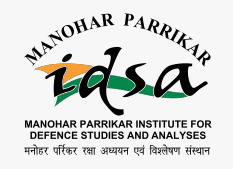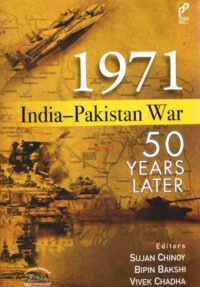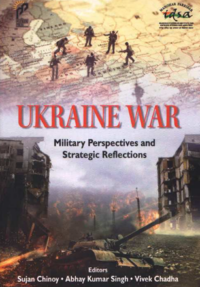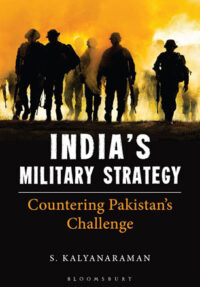Uri, Surgical Strikes and International Reactions
India’s diplomatic offensive launched post the Uri-attacks provided the broader context in which its decision to carry out the surgical strike needs to be seen.
- Vivek Chadha , Rumel Dahiya , Neha Kohli , Shruti Pandalai
- October 04, 2016











